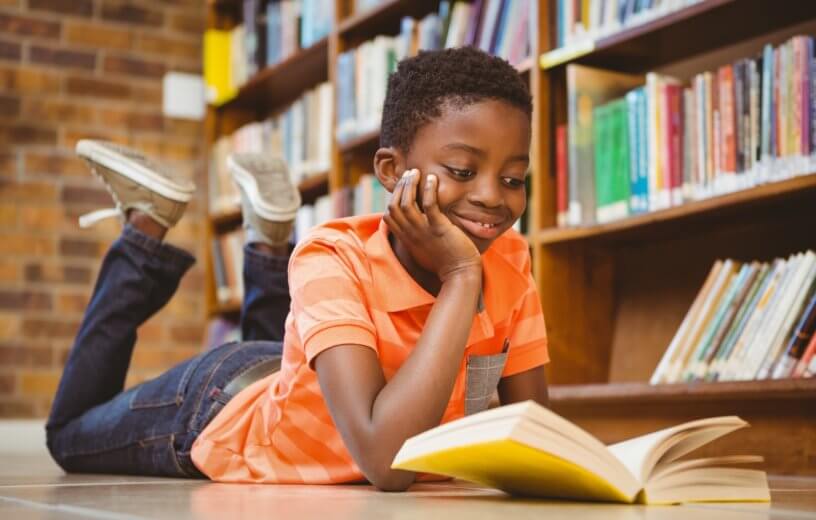ATLANTA, Ga. — From Harry Potter to Peter Pan, there’s no shortage of strong, male literary heroes for children to look up to. So where are all the female protagonists? That’s the question researchers from Emory University are asking after analyzing six decades’ worth of children’s literature. According to their findings, male protagonists dominate the world of children’s literature.
There is, however, some good news for young girls looking for a role model. The study also finds there are far more female protagonists in books today than a few decades ago. Despite this new trend, researchers say there’s still a long way to go before these stories bridge the literary gap.
To reach these findings, study authors performed a statistical analysis on 3,280 books intended for children under 16 years-old, published between 1960 and 2020. Study authors wanted to determine the frequency of male versus female protagonists across all these stories. Most of the books are written in English, with less than one percent written in multiple languages. All the books selected were available for purchase online in the United States.
To facilitate a direct comparison between male and female heroes, researchers focused only on stories with one main central character. Additionally, they only included books written by a clearly identifiable male or female author. The team also only included books by multiple authors if all the writers were of the same gender.
Researchers decided on these strict guidelines to determine if an author’s personal characteristics (like gender and age) may have a connection with writing a male hero versus a female protagonist.
Female heroes rising in modern storytelling
The investigation discovered that since 1960 the rate of female heroes featured in books has steadily increased from decade to decade. However, books published since the year 2000 still feature more male protagonists.
The study also finds that protagonists tend to be male more often in fiction featuring non-human characters than for fiction with human characters. At the same time, researchers say non-fiction books have more gender bias than fictional books, especially when characters are human.
Since the 1960s, more and more male authors have started to write about female heroes, but only in stories intended for especially younger readers. Today, books written by female authors feature more female heroes – in both books for older children and in stories with human characters.
“Although male protagonists remain overrepresented in books written for children (even post-2000), the present study found that the male-to-female ratio of protagonists varied according to author gender, age of the target audience, character type, and book genre. In other words, some authors and types of books were more equitable in the gender representation of protagonists in children’s books,” study authors conclude in a media release.
The study is published in the journal PLoS ONE.
